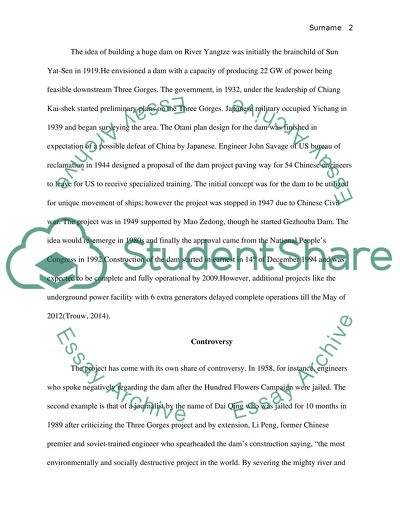Cite this document
(“Three Gorges Dam Essay Example | Topics and Well Written Essays - 2500 words”, n.d.)
Retrieved from https://studentshare.org/physics/1663919-three-gorges-dam
Retrieved from https://studentshare.org/physics/1663919-three-gorges-dam
(Three Gorges Dam Essay Example | Topics and Well Written Essays - 2500 Words)
https://studentshare.org/physics/1663919-three-gorges-dam.
https://studentshare.org/physics/1663919-three-gorges-dam.
“Three Gorges Dam Essay Example | Topics and Well Written Essays - 2500 Words”, n.d. https://studentshare.org/physics/1663919-three-gorges-dam.


